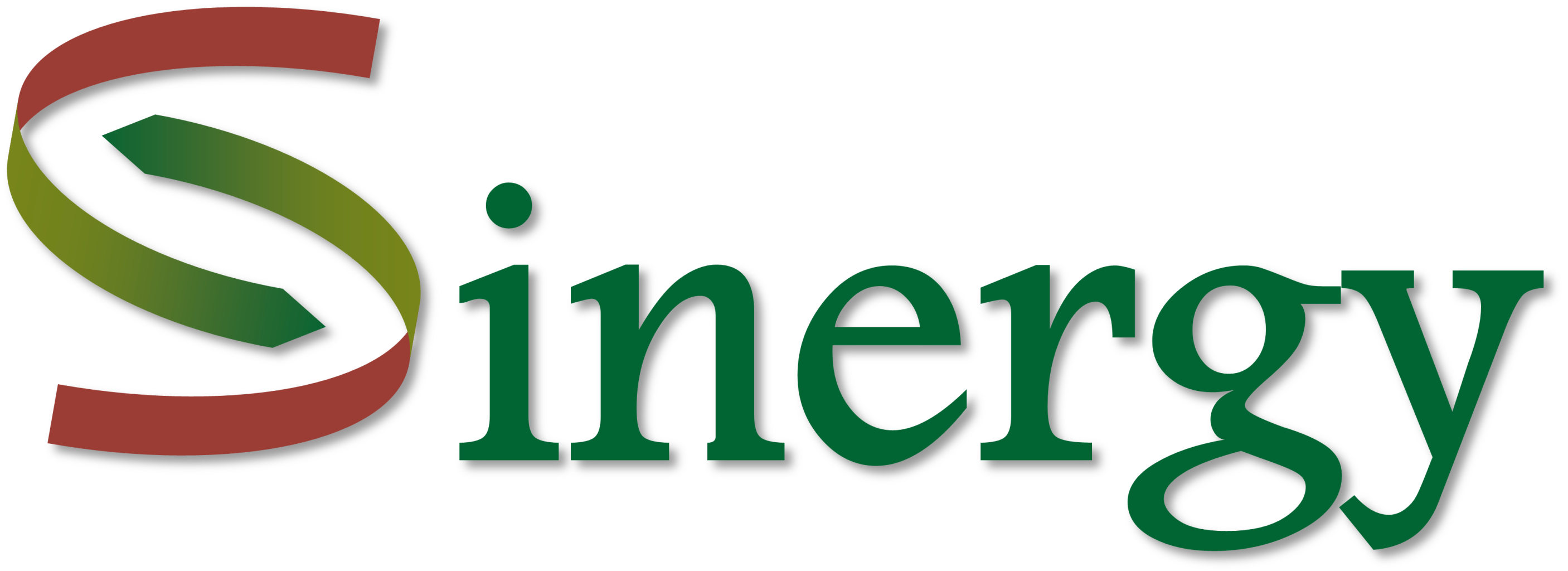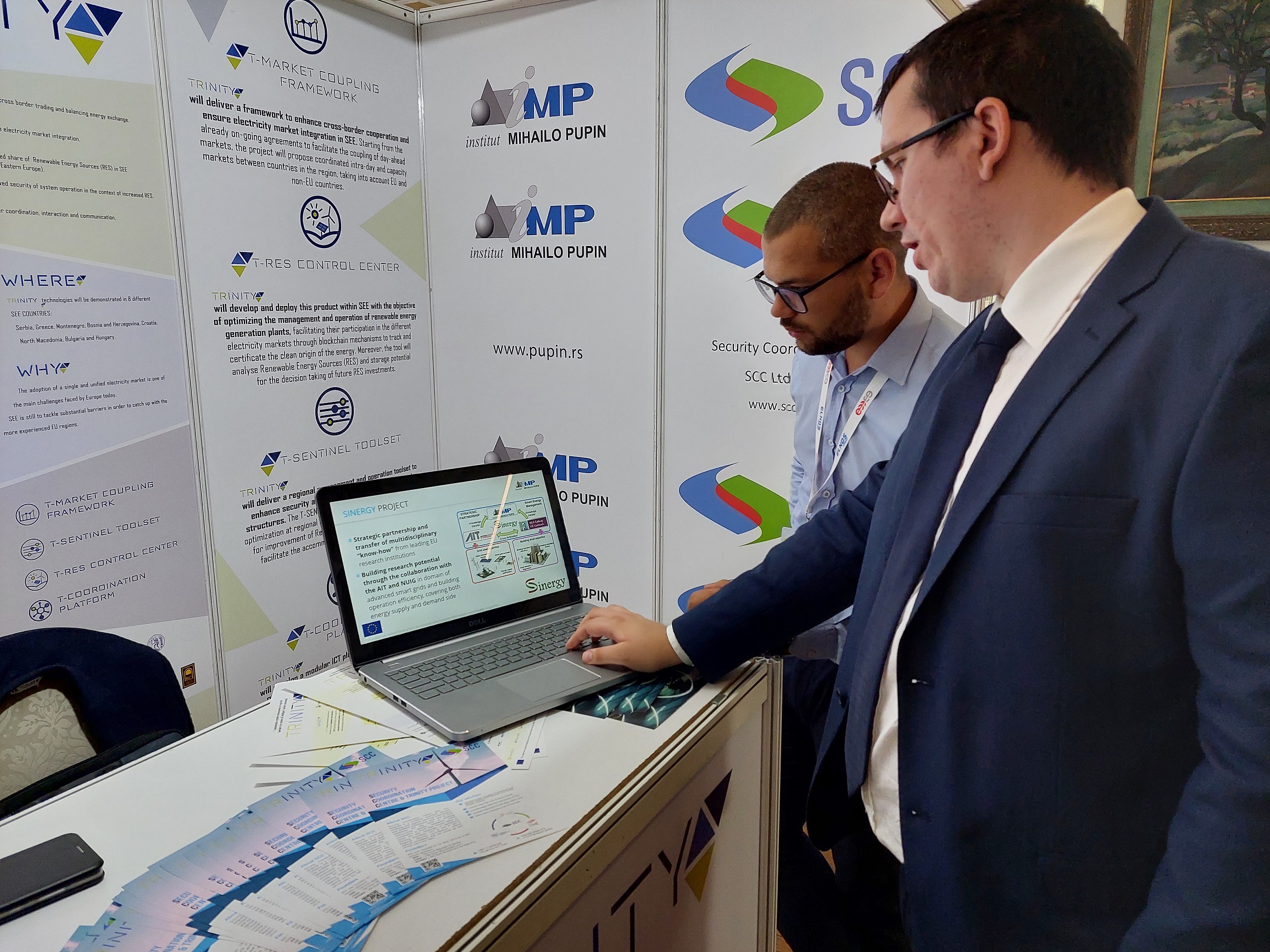First SINERGY Workshop - Smart Grid Technologies, November 2021
Final Agenda (hybrid)
| 23.11.2021 | Ph.D. Workshop on Digital Transformation Technologies |
| 24.11.2021 |
|
Hardware-in-the-Loop (HIL) methods for Power System Components (methods)
Hardware-in-the-Loop (HIL) methods for Power System Components (methods)
Lecturer: Georg Lauss, AIT
Test/simulation approaches are expanded and optimized due to the latest technologies such as real time systems, power electronics, analogous/digital measurement devices. Novel simulation techniques gain increasing importance in research and for manufacturers and for international standardisation groups.
Temperature Sensing Optimization for Home Thermostat Retrofit
Having in mind that 53% percent of residential household energy consumption can be attributed to the space heating, as stated by IEA, significant energy savings and load shifting could be achieved through the control of the smart thermostats and thermostatic radiator valves. Therefore, the main topic of this lecture was presenting NUIG’s approach for optimal thermostats control by utilizing white box building model.
Standards for Integrating PV in Electricity Grids
The availability of appropriate, application-oriented standards and codes is a key prerequisite to streamline the integration of PV into the electricity grids and ensure interoperability, reliability and efficiency even under high-penetration scenarios.
Reduced-Order Models as Web Application for Energy Management: Barriers and Challenge
After main ideas and concepts regarding building simulator have been presented, more technical details regarding this topic have been presented within the last lecture. An overview of the available building simulator approaches has been given and it was illustrated how building simulator could be developed within web based service, with the specifics regarding the architecture choices. One of the proposed solutions has been developed using JavaScript (JS), showing the advantages over the conventional simulators.
Modern ICT/Automation Approaches for Smart Grids and Industrial Environments
Modern ICT/Automation Approaches for Smart Grids and Industrial Environments
Lecturer: Thomas Strasser
There is a continuously growing demand for electricity, which must be satisfied by the electric energy systems worldwide. At the same time, a stable supply must be guaranteed. The current situation with CO2 emissions and global warming has created an obvious trend towards a sustainable electric energy system. The integration of Renewable Energy Sources (RES) is an important requirement.
Pagination
Copyright 2021. All rights reserved


